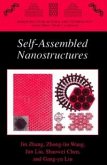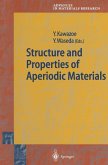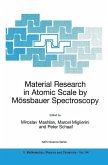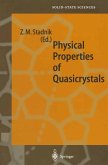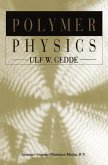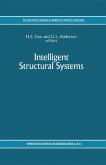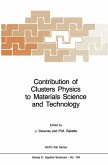This book provides a basic introduction to the structure and physical properties of quasicrystals, giving equal weight to experimental and theoretical progress. After introducing different aspects of tilings, including random tiling, the foundations of the crystallography of these aperiodic crystals is laid. The experimental investigation of the structure in real and reciprocal space is covered in detail, including high resolution electron microscopy, STM and AFM and electron-, X-ray- and especially neutron diffraction. The results of these experimental techniques are supplemented by the modelling of the atomic structure based on realistic ab initio pair interactions. A central role in aperiodic crystals is played by the electrons, which are most sensitive to the aperiodic atomic structure and are therefore discussed in detail:the surprising results of conduction measurements and the experimental investigation of the partial density of states for quasicrystals and their rational approximants are contrasted with the results from calculations of the electronic structure of quasicrystals. The vibrational properties of quasicrystalline alloys are extensively discussed on the basis of different computer simulations techniques and of the rich variety of experimental results obtained with mono- and polygrain quasicrystals and their approximants by neutron inelastic scattering. Likewise the magnetic properties of quasicrystalline alloys, which depend on the type of sample and show interesting transitions to different magnetic phases, are covered. The mechanical properties and the results from the investigation of defects in quasicrystals by experimental methods like electron microscopy and ion channeling and by extensive computer simulations of defects and fracture, which play a major role in the applications of quasicrystals, are presented. For the understanding of quasicrystal formation the properties of the undercooled liquid alloys, the details of the mostly extremely complicated phase diagrams, the reasons for the success of certain production techniques, the process of alloy growth, and the reasons for the stability of the non periodic crystal structure in competition with the periodic one must
Dieser Download kann aus rechtlichen Gründen nur mit Rechnungsadresse in A, B, BG, CY, CZ, D, DK, EW, E, FIN, F, GR, HR, H, IRL, I, LT, L, LR, M, NL, PL, P, R, S, SLO, SK ausgeliefert werden.



